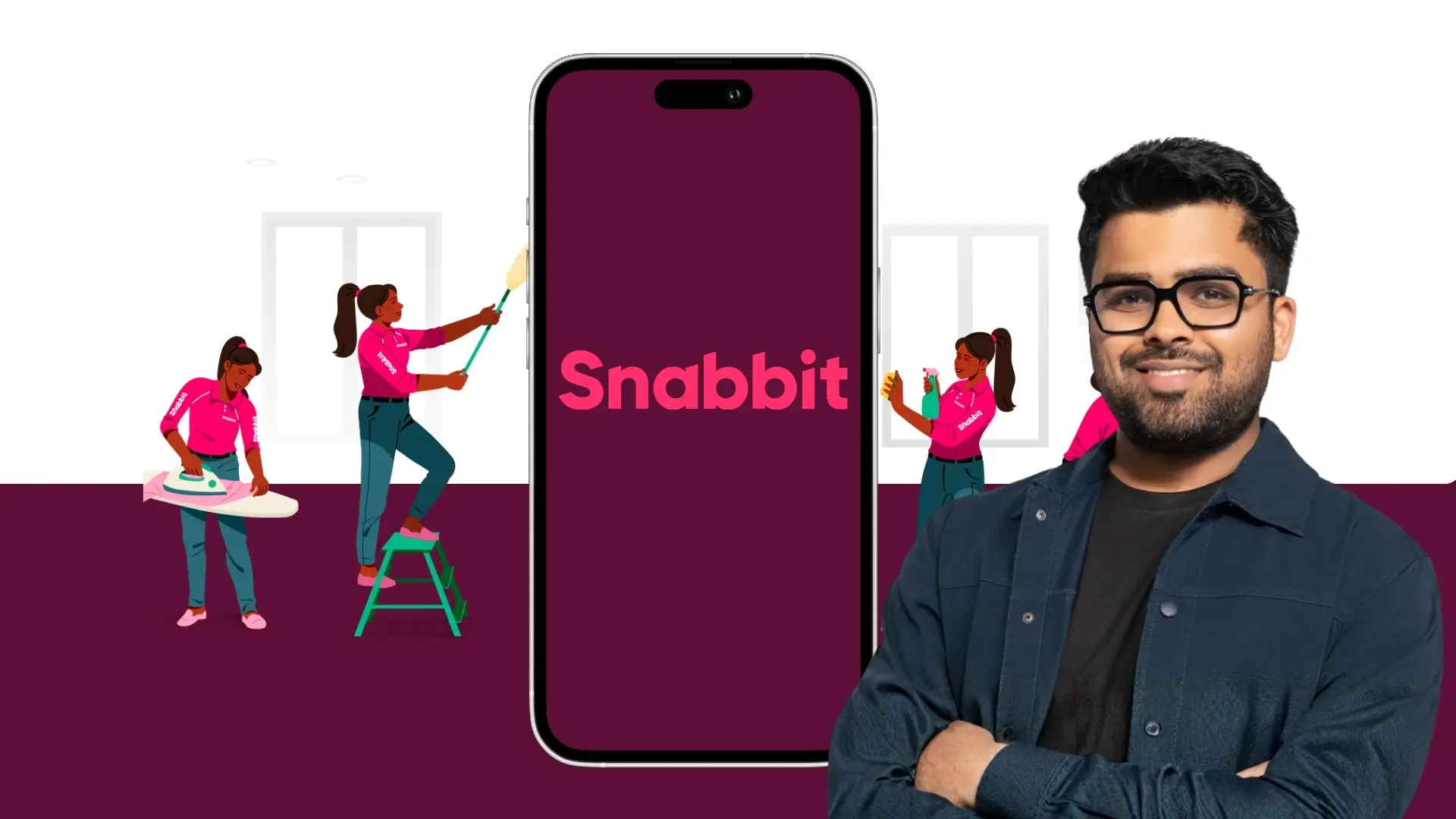In the last 7–8 years, UPI has entirely changed how we pay for things in India. Alongside UPI, the use of POS terminals in India has transformed everyday transactions. From buying vegetables to paying school fees or rent, everything now happens in just a few taps, almost instantly.
Because it’s so fast and easy, UPI has become the default payment method for most people. Startups and businesses are also building their entire systems around it. UPI is everywhere and still growing.
Naturally, many assumed UPI would replace all other types of payments.
But there’s one system that hasn’t gone away. In fact, it’s growing quietly in the background: the POS—point of sale.
You’ve probably used it many times, those card-swipe machines in stores, restaurants, and salons. But today, POS is more than just a swipe machine. It’s evolving into a complete system that helps businesses run better.
To give you a clear picture, according to RBI data, India had over 10.7 million POS terminals as of Feb 2025. Back in Feb 2022, that number was just 5.8 million. The growth in the last year alone was 13%.
So, why did many think POS would die out?
There’s one major reason: MDR, or Merchant Discount Rate.
MDR is the fee that a merchant pays to accept digital payments, usually between 0.90% and 2–3%, depending on the card.
So, if a customer pays ₹1 lakh using a card, the merchant ends up paying ₹900 to ₹3,000 as transaction fees.
But with UPI, there’s no MDR, which is why it became so popular, especially with small businesses.
From the customer viewpoint, UPI is favorable for both customers and merchants. But what about those who facilitate and provide the UPI transactions?
While UPI feels free to the users, it comes with real costs behind the scenes. Someone is paying for the infrastructure, security, manpower, and technology that keep it running 24/7.
Banks play a major role in processing UPI transactions. But for every transaction, banks incur costs like server infrastructure and maintenance, cybersecurity and fraud monitoring, transaction processing, customer support, and regulatory checks.
Despite these expenses, banks don’t earn anything directly on most UPI transactions. There’s no MDR, and users don’t pay either.
For example:
If 1 crore transactions happen in a day through one bank, the bank bears the backend cost for all of them but earns almost nothing in return.
Next, payment facilitator apps like PhonePe, GPay, and Paytm also face significant costs and share a part of the operational burden with NPCI.
Still, their main source of revenue is not UPI itself, but the extra services they build around UPI, like loans, insurance, advertising, etc.
NPCI, the backbone of UPI, also needs funding to:
• Maintain UPI’s central infrastructure
• Ensure 99.99% uptime
• Innovate and upgrade tech
It is a non-profit organization, but running UPI at this scale is a massive financial commitment.
So, to keep the infrastructure running smoothly, the Indian government is bearing those costs by offering incentives.
To support and sustain the growth of UPI, an incentive scheme has been operational since FY 2021–22.
This scheme, offered by the Government of India, specifically targets low-value UPI (P2M) transactions. This benefits small merchants by alleviating transaction costs and promoting wider participation and innovation in digital payments.
The total incentive payouts under this scheme have increased over the years:
• FY 2020–21: INR 1,389 crore
• FY 2022–23: INR 2,210 crore
• FY 2023–24: INR 3,631 crore
This is where the POS method offers advantages to the facilitators of payments.
UPI is most popular for small-ticket payments, while POS is more popular for large-ticket payments.
According to RBI data:
• Average credit card swipe = ₹3,000+
• Average UPI merchant payment = ₹600
POS devices are mostly used where merchants are selling high-value items.
Banks are now actively pushing POS systems because customers use their cards, and through that, banks can generate revenue via MDR.
Many banks have increased their focus on POS terminals. For example, RBL Bank has increased its POS base to almost 2.3 million.
Other major banks like SBI, Axis Bank, ICICI, and HDFC have also shown strong growth in their POS base.
In addition to banks, several tech companies are enhancing POS systems and transforming them into complete business tools.
Key companies in the POS ecosystem:
• Pine Labs – Smart POS with EMI, loyalty, and gift card features
• Mswipe – Affordable POS with billing and business loans
• Innoviti – Focused on high-ticket retail, with intelligent payment routing
• BharatPe – Building SoftPOS, Tap-to-Phone, and lending features
• Ezetap (part of Razorpay) – Seamless POS for enterprises and SMEs
• Paytm Business Solutions – Integrated POS with app ecosystem
But if merchants need to pay MDR, why are they still using POS?
While MDR (typically 0.9% to 2–3%) is a cost that merchants must bear, many continue to use POS because the benefits outweigh the cost—especially for medium and large businesses.
Benefits of POS:
• Ideal for high-ticket transactions
• Secures the transaction and reduces cash handling
• Auto-generates GST-compliant bills for tax filings
• Integrates with inventory management tools (real-time stock tracking, auto-reordering)
• Enables loyalty programs, discounts, and offers
Both UPI and POS have their own benefits and limitations.
The big question now is: What will be the future?
Currently, there is no MDR on UPI, but will MDR be applied in the future?
And as a business owner would you pay MDR on UPI if it gave you better analytics, customer engagement, and advanced tools?
Also Read: Razorpay Expands to Singapore: Transforming Cross-Border Digital Payments








